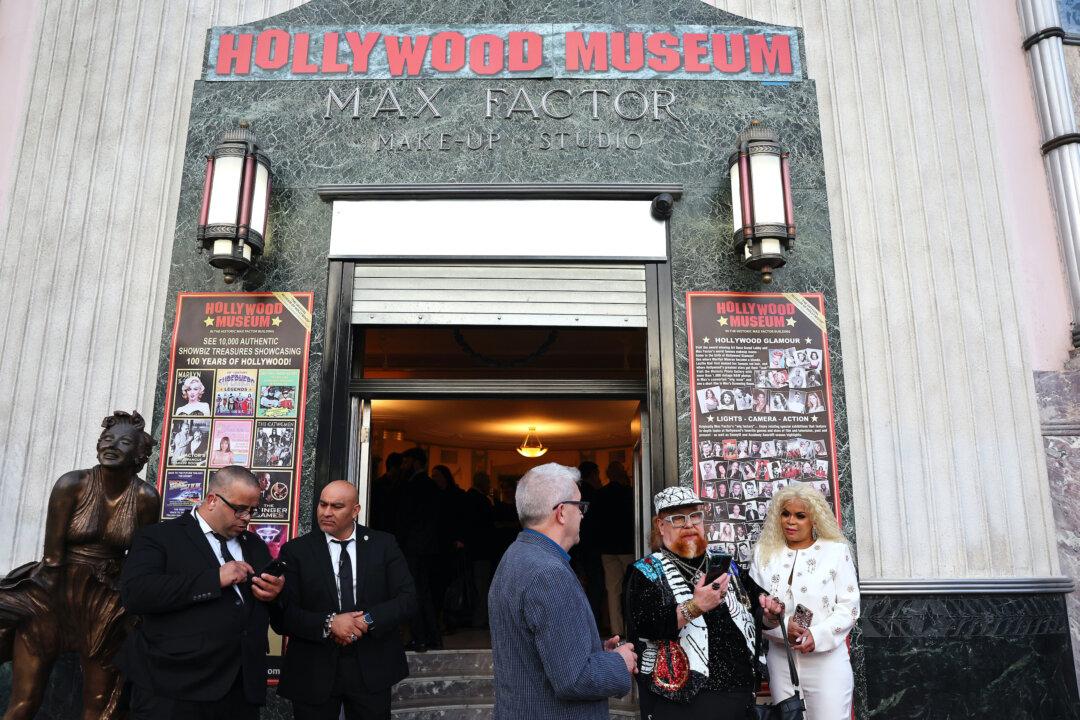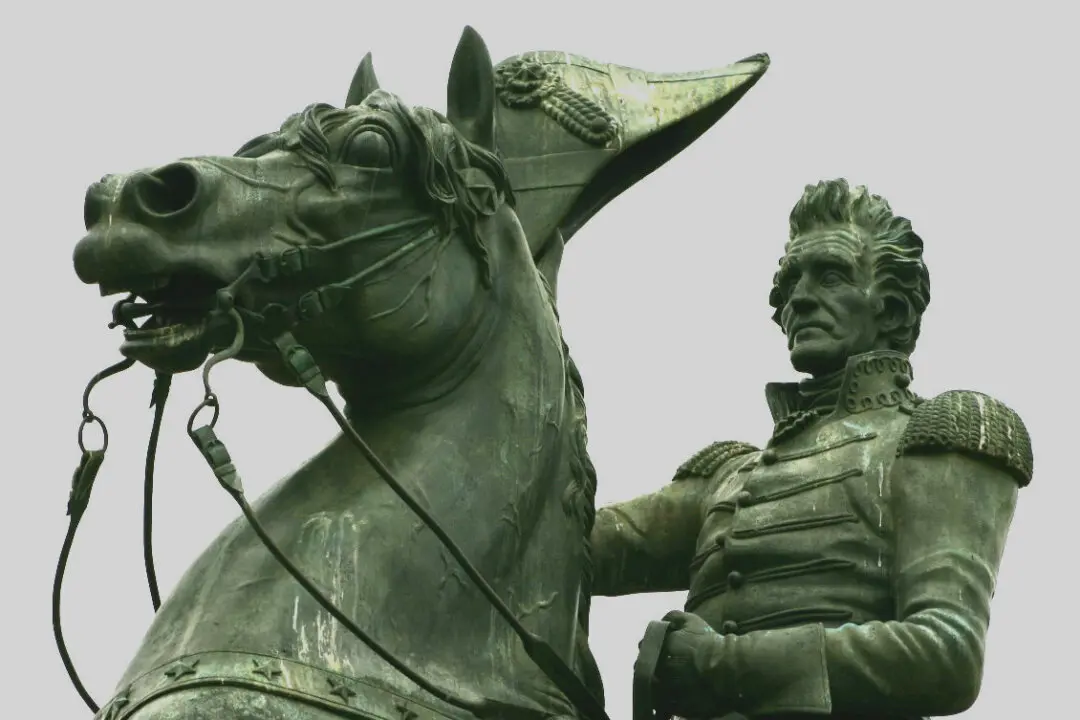Commentary
Every year, millions of tourists flock to Los Angeles in search of one thing: Hollywood glamour. They may be disappointed, though, since it’s scarcely to be found among the modern high rises, huge electronic billboards, and graffiti-decorated overpasses. Even on Hollywood Boulevard, the Walk of Fame’s stars may be obscured by homeless encampments and debris. However, just around the corner, there’s a hidden gem of Hollywood history, glamour, and beauty.





